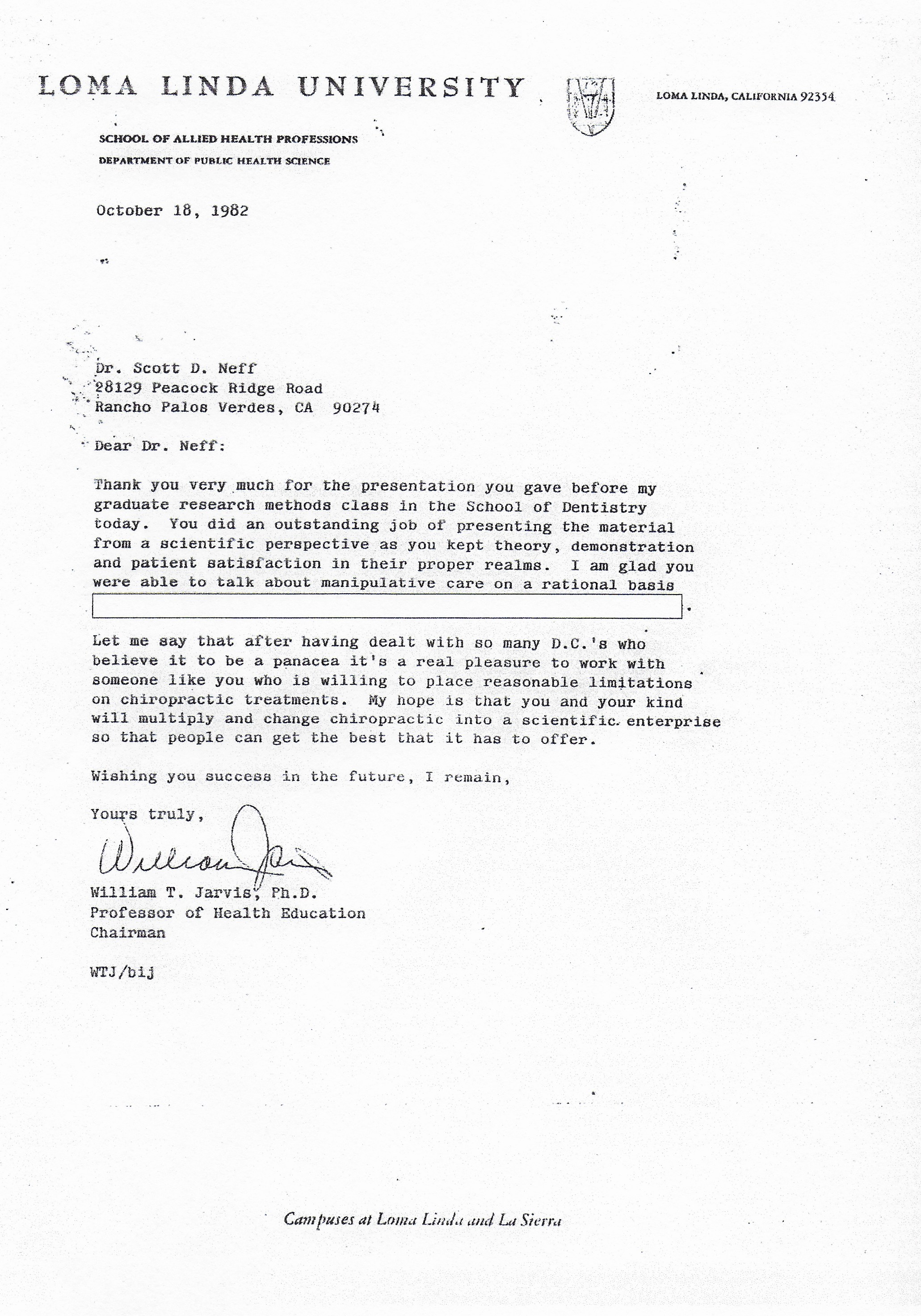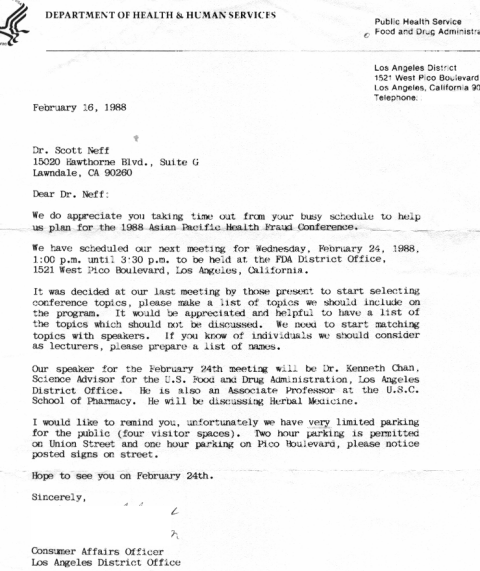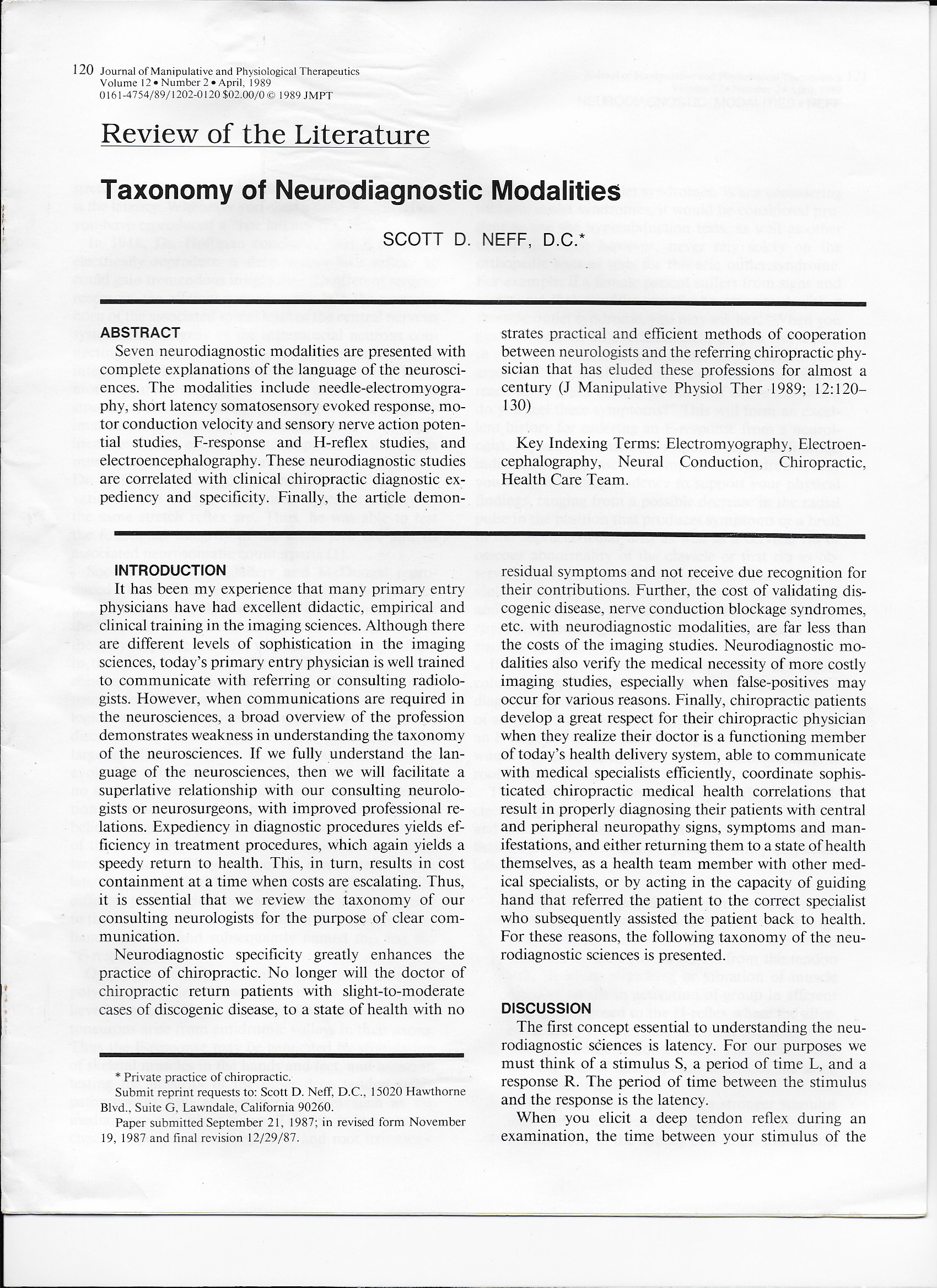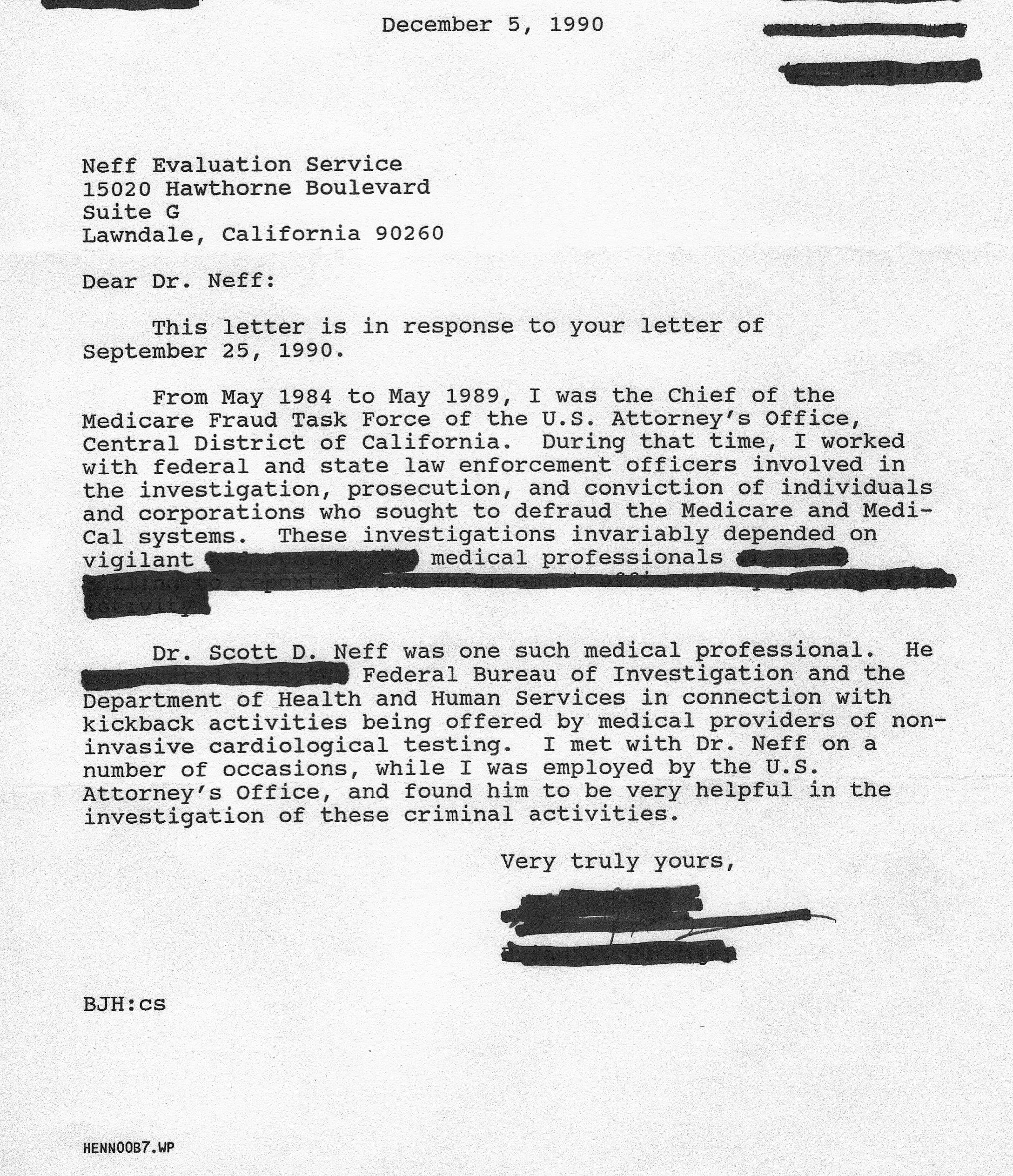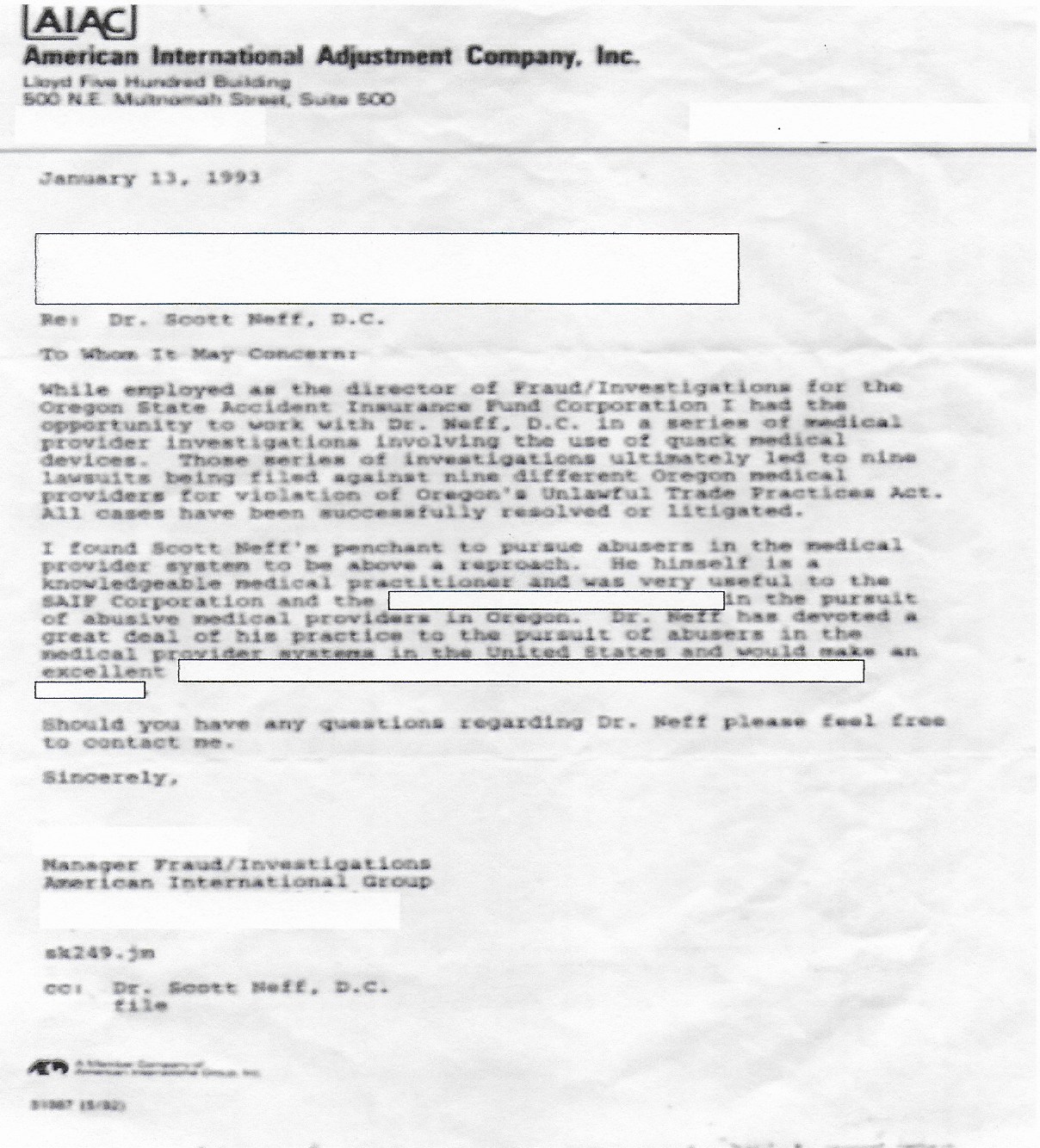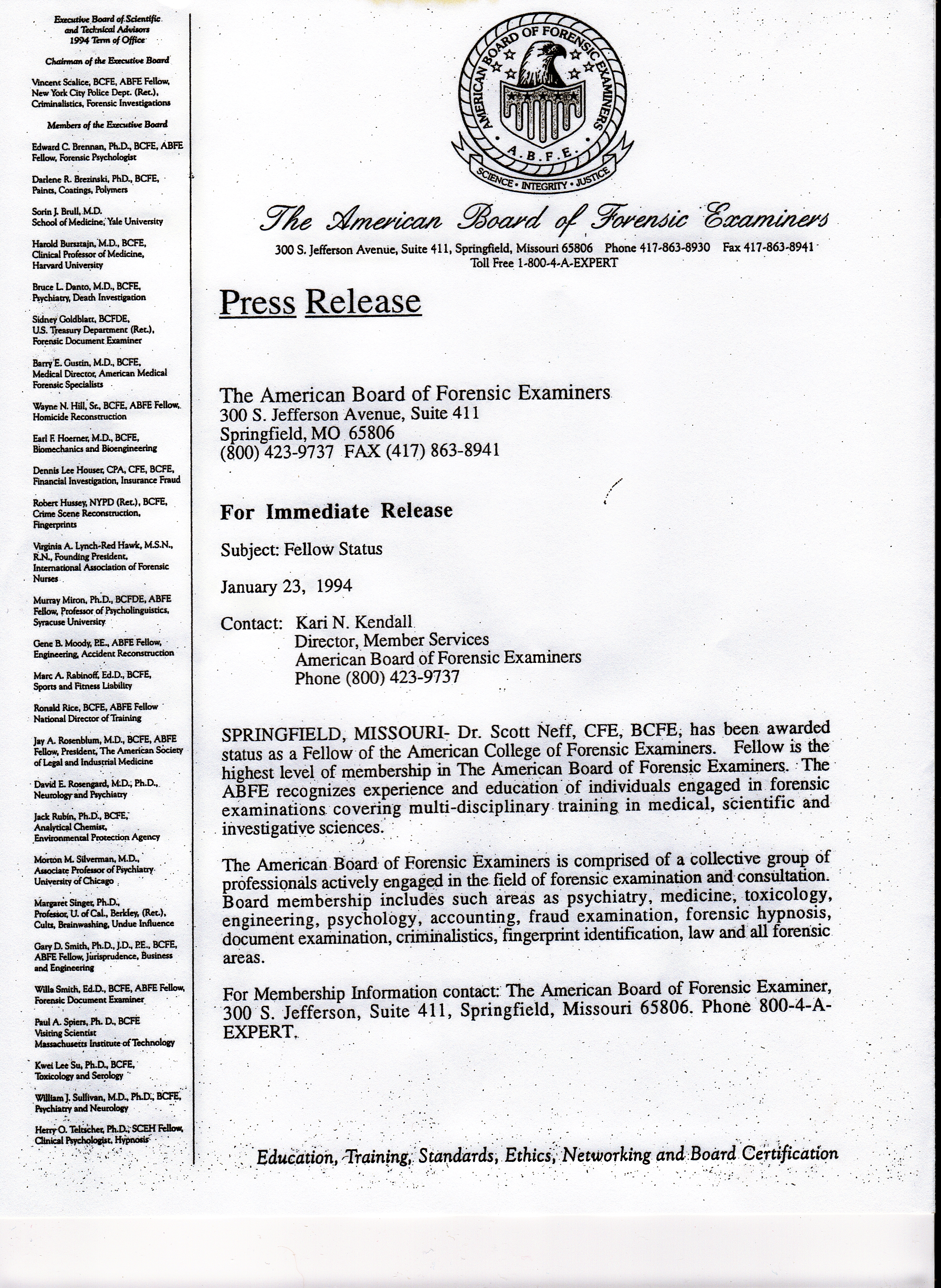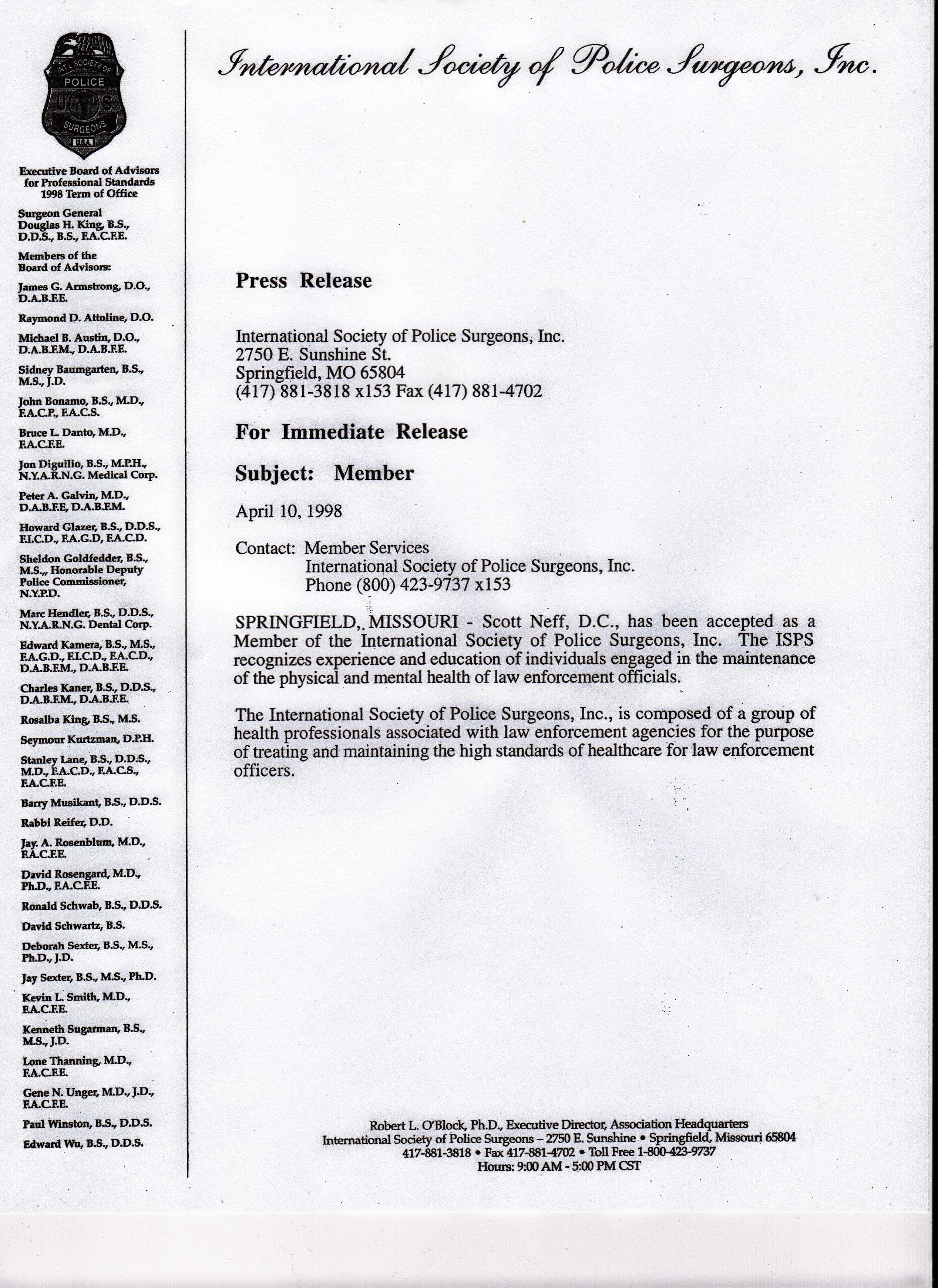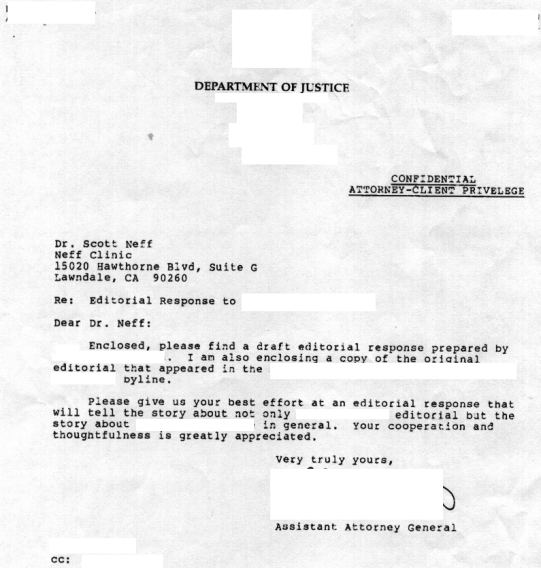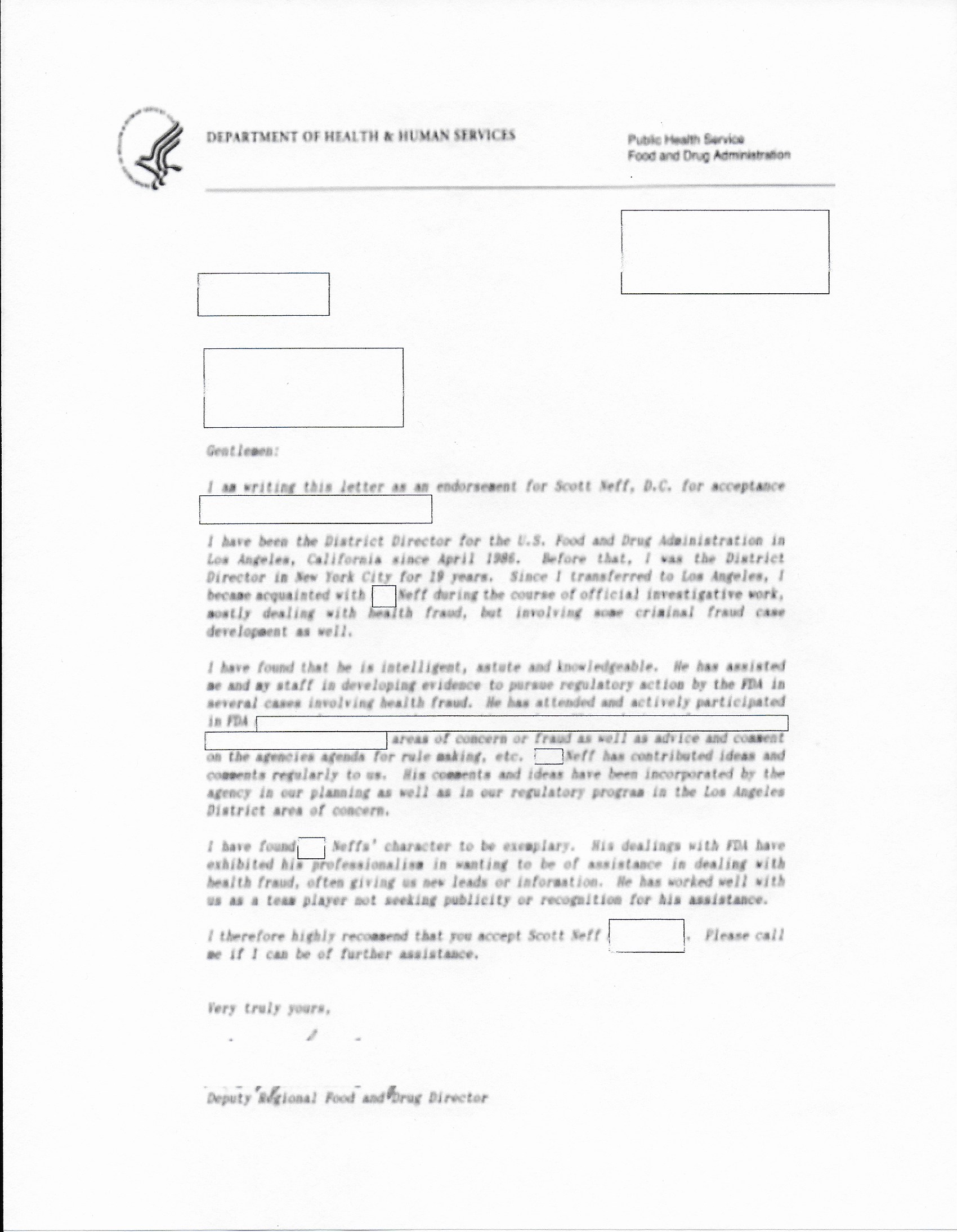THE
CONCISE HISTORY OF LAW ENFORCEMENT
PART 1
It is clear that
the most difficult tasks for any civilized people to accomplish are
securing safety, ensuring and promoting health, education, gathering and
preparing foods, building dwellings, and providing human services. Yet
absent any laws, code of ethics or morals, hideous heinous behaviors
occurred.
Students of
ancient history know that their siblings often killed and ate early man
and that their mothers were taken for reproductive purposes. Sophocles
wrote plays on these subjects whom Freud later developed into his
theories of human psychology and behavior. In these early plays of
Sophocles he described early man, being eaten by his sons. The sons
then would take the mother as their own for sex etc. From this early
description, Freud developed his Electra Oedipus theories. Crimes like
bad behavior are unfortunately characteristics demonstrated by humanity
since our earliest recordings no matter the etiology.
Further, early man would sacrifice
their first male born or less commonly women, to eliminate disease, bad
weather, crime, attack by foreign warriors and just about any other
superstition. In fact it was not until the time of Abraham,
approximately 6,000 years ago, that the Jewish religion was created.
Many pragmatists believe this early religion was created to protect
women and children from sacrifice, rape, murder, pillaging, incest, or
food. By creating the Jewish religion, theIr
laws were the first to protect all women and children.
Little known to most people is the
fact that the Sabbath, was and still is today, the celebration of the
female spirit being brought into the world. These early sacred
celebrations were the beginning of moral and ethical law enforcement.
Beginning in the Old Testament, the
Garden of Eden placed reasonable limitations via Gods law. From these
laws through specific profits describing events of the Bible, additional
laws were written born out of experience and necessity, which prescribe
and govern people’s conduct toward each other, toward individual states,
and nations.
The 10 laws of Moses known as the
Ten Commandments also supplemented these. Even today as in those early
years of mankind, laws were enforced by punishment through fines, loss
of group and private privileges, various time frames for imprisonment’s
and even death or banishment from society. Thus it is clear that
criminal behavior has been reported since the beginning of human
recordings.
As time progressed, early human
beings banded together in-groups to survive. This grouping behavior
offered mutual protection against wild animals as well as other groups
or people. Many historians believe the groups were divided into those,
which were territorial or stayed within regions and those that wandered
much like nomadic tribes. In either case, these communities were
dependent on assigning jobs. The strongest and most reliable people
stood guard as early police, while others gathered food and still
others, prepared it.
Early groups of people later became
tribes and communities of dwellers, which became more common than the
wandering groups. As communities developed rituals, regulations
developed to assign ownership of property and well as food and
families. Obviously, along with the development of such rules, a class
system evolved for enforcement purposes. This development of various
“law enforcement” entities is the focus of this first Chapter with
emphasis on historical chronological development as well as noting the
most historical yet shocking crimes, which necessitated such
enforcement. These inverse relations, those of
crime and need for law enforcement form the foundation for the
development of mankind both socially and culturally.
Governments developed to oversee
territories. Social mores defined laws or rules consistent with the
varying groups. It is interesting to note that the word
police
has been mostly attributed to the Greek word polis, which means
"city" or a system of organized civil enforcement to preserve life,
property, food sources, community health and the enforcement of laws.
Later, the French word policer came to mean the power of the
people. Yet it was not until 1829 under the leadership of Sir
Robert Peel that an Act of English Parliament officially designated the
title of “police”.
Civilization’s earliest police rule
was delegated by the strongest that eventually became the territorial
leaders. King, Pharaoh, and Emperor are examples of titles held by such
territorial leaders who often passed down such leadership by either
family descendants or military take over.
Although such early leaders were
informed, it was not until the early Chinese, Indians, and Jews that
such enforcement included, the elimination of sacrificing children to
invisible kings or gods, and protection of women and children. Such
early enforcement can be traced back to events when Abraham who banned
cannibalism, and developed early written laws to protect women as I
indicated early in this chapter
The point is that world
civilization formalized and began to “write early laws”. Over 6,000
years ago, the early Jews developed the first five books of the Old
Testament, the Pentateuch, to guide and civilize mankind. The Ten
Commandments are the foundation for all laws in all nations today.
Moses Momomidies later added 365 additional laws, which combined with
the Ten Commandments, formed the basis for today's Legal System.
Of course similar minds think
similarly in different locations and at the same time other peoples
developed laws. For example, the Early Chinese developed a penal code;
the Indian Rulers used the Code of Manu; the Code of Hammurabi was used
by the Ancient Babylonians about 2000 BC, and the Roman’s law of 450 AD
used the Roman Digest (later, at the time of Justinian, 550 AD,
additional changes were made).
By 2325 AD, the English used the
Magna Carta from King John called the "The Great Charter."
The Magna Carta is the very foundation of
which the US Constitution was founded upon. The Ten
Commandments, the Magna Carta and the US Constitution guaranteed the
people of England and the United States the fundamental liberties and
freedoms, which should have been self-evident for democratic societies.
These documents preserve our greatest heritages in that no person would
be deprived of life, liberty, and the pursuit of happiness absent due
process of law and justice.
About 700 AD, the people living in
England in small rural towns used the Anglo-Saxon system. Ten families
in a town (tun) equaled a tithing. Each tithing elected a leader who
was known as the tithingman. Since 10 tithings amounted to 100, the
leader of the 100 families was named the reeve. Both the tithingman and
reeve were elected officials. They possessed judicial power as well as
police authority.
As the population grew, the
tithings were expanded into a shire, which is the equivalent of our
American County. The leader of the shire became the shire-reeve,
subsequently abbreviated to sheriff, and the tithingman eventually
became the undersheriff.
Thus, from 700 to 800 A.D, the
Kings of England rewarded loyal citizens with titles, known as nobleman,
and granted them large estates. It was the noblemen who appointed the
sheriffs to rule the people residing in their shire or county. If the
areas belonged to the Crown, the King appointed his own sheriff, and in
time, small townships developed into shires or counties. It was that
King in early England who assumed the responsibility of keeping the
peace and delegating authority. The sheriff was to execute and enforce
the law. The duties of the sheriff were to maintain law and order and
to ensure community peace. In fact today's systems of policing are a
direct, yet, gradual development from the old English Law Enforcement.
During the 12th century period that
system of police service and our system of criminal law enforcement
evolved. The Anglo-Saxon tithingman was delegated the authority of law
enforcement. Yet, instead of using the Ten Commandments, the major laws
observed by the people were killing of human beings and stealing (2 out
of 10). If a member of the tithing had broken either law, all members
had the duty to bring the guilty person to the shire-reeve for justice.
This method was called the "hue and cry". This is the basis of what we
call today a citizen's arrest.
Capital punishment was not a
fundamental rule or practice as it had been in France or Spain, they did
practice a cruel form of judicial punishment known as trial by ordeal.
The suspect would have to walk over hot coals in fire, immerse his or
her hands in boiling water, or be bound, weighted, and thrown into a
lake or river. If the coals burned the suspect's feet, if the hands
were boiled by the hot water, or if the person was drowned, that
constituted guilt. If not, the person was considered innocent. Quite
crude compared to the ancient Jewish law of Samuel of wise or Moses
which denoted Judges to hear and try the case based on simple common
sense. What did make this English system significant was that all
crimes were adjudicated on the basis of civil restitution, such as
monetary damages for the injured person. Thus their procedure is still
used today within the American court system.
Another brainchild of the
Anglo-Saxons was the watch and ward system. The tithingmen were
responsible for maintaining the watch and ward. The watch was the night
guard, and the ward the day guard. Anyone 16 years of age or over was
subject to call by the tithingmen to serve on the watch or ward as a
citizen’s duty.
As the
population increased, sheriffs were permitted to assign four to six men
in each town for night watch. These forerunners of today's patrol
officer carried a lantern and a staff, similar to a flashlight and a
nightstick. As the early colonists came to America, they brought with
them the English watch and ward system.
THE
PERIOD OF WILLIAM THE CONQUEROR
In 1066 AD William the Conqueror
invaded England and established a national government, which was
opposite to the Anglo-Saxon government. While the Saxons emphasized
local home rule, the Norman's stressed national government and increased
taxes and expenditures. The sheriff became the tax collector. Thus the
Serif established the system of taxation including the recording of all
taxable property owned by each person. This record was called the
Doomsday Blood. William the Conquer required all loyal subjects to take
the pledge of allegiance to the King know as the Salisbury Oath after
the planes of Salisbury where it was first administered. This is
similar to our familiar pledge of allegiance to the American flag.
THE
LAWS OF OLD KING HENRY
King Henry added arson, murder,
counterfeiting and robbery in 1116. Since the Norman's had established
a national government, the King had the first right of civil suit and
damages. This changed the local punishment to centralized autonomy by
the King and eliminated the methods of trial by ordeal. Investigators
came on the scene and were chosen to investigate the crimes, determine
the facts of a criminal case and were the beginning of a grand jury
system.
By 1215 a rebellious force of
barons charged England's King John to relinquish absolute rule relative
to crimes. The event occurred outside of London at the Themes-side site
called Runny-mede. As we discussed earlier, the Magna Carta was signed
and Democracy within Britain was born. In 1965 a stone pedestal was
built at Runnymede by the British government to memorialize John F.
Kennedy as a symbol of Democracy and Freedom.
WESTMINSTER PERIOD
The Statute of Westminster came into effect from 1285 to 1500. The
Westminster statute reforms provided benefit to freeholders who were
allowed assistance and protection of the royal courts and royal officers
to stop great lords from abusing the populace’s basic tenants. The goal
of the Westminster Period was "to make everyday life easier for all
kinds of freemen by protecting them in their free tenements and defining
the limits of interference with their freedom." The Westminster period
brought about other advancements in law enforcement such as the bailiff,
justice of the peace and the rank of sergeant. The chief law
enforcement officer was the bailiff with duties to periodically identify
all new community members. The bailiff appointed the sergeants to
assist in scrutinizing aliens, undesirables and incoming citizens. This
was quite a task, because during the evening hours large groups of
citizens would crash the town gates in order to spend the evening within
the protected walls of the towns. Individuals who were sifted out and
not allowed to enter and thus sleep outside the gates of the city were
known as outsiders.
Prostitution, the oldest form of
trade, was designated as a business and was segregated into specific
sections of the city. These houses of ill repute were to identify it
with red lanterns, red lights, or other red insignias (thus, comes the
phrase “red light district”).
The Westminster Period also
produced the office of the Justice of the Peace for each shire or
county. The JOP had the power to free the accused on bail, which is
where our present day bail system came from. If a person who was
arrested could not make bail, he or she would remain in jail for weeks
and even months until their case came to trial. Conversely people of
well means, and criminals with plenty of booty or criminal syndicates
were examples of groups who would qualify for immediate release.
Eventually, the release of suspects
from jail on their own recognizance was allowed under the jurisdiction
of judges. Probation officers were also developed during this period
and they could oversee custody of one release under their own
recognizance.
PRIVATE DETECTIVES AND COMMERCIAL
POLICE
Between the 1500’s and 1700's the
system of private commercial police was perfected. Business persons
unable to cope with wars and colonization, empire building and feudal
lords, social unrest, the poverty stricken unemployed, poor health and
welfare needs of the multitudes which over taxed the bailiffs, reeves
and the watch and ward protection methods, sought out a method of
private protection to cope with the sheer magnitude of crimes. The job
assignment of these private cops for hire was to protect shopkeepers,
their businesses after hours, and private business property.
Unfortunately, not everyone could afford to hire the private police.
THE
MILITARY POLICE OF OLIVER CROMWELL; LORD PROTECTOR OF ENGLAND
To meet the challenge of the
increasing crime that accompanied the developing English Nation, Lord
Protector of the Commonwealth Oliver Cromwell became the strongman of
England. England at that time was in a transition from a rural to an
urban way of Life. Obviously this placed a great stress on the system
of policing. Lord Cromwell placed the country under a militia or
military police. He divided England into 12 districts and appointed a
provost marshal to be in charge of each district and to serve as a
mediator and judge. The provost commanded approximately 6,000 troops.
Only 200 of which were not mounted. The provost was able to then keep
both civil and military peace. This was the origin of the mounted
English Police.
THE
STAR CHAMBER OF ENFORCEMENT
One of the more undesirable methods
of law enforcement during this period was the court of the Star
Chamber. These courts of the King allowed for brutalities such as
flogging for confessions, a multitude of torture methods and the
philosophy of the third degree interrogation. It was not until 1641
that Charles I abolished the Star Chamber and evoked two significant
legal guarantees of the people, which were freedom of speech and freedom
from self-incrimination. It is interesting to note that in American, in
April of 1631 the City of Boston established the first system of law
enforcement in America called the "night watch". Officers served
part-time, without pay.
Excessive punishment
was quite common in both England and the United States during this
period. An English judge handed down the following example in 1660. A
death sentence was proclaimed upon Thomas Harrison, found guilty of
participating in the killing of Charles I.
The judgment of the court is and the court doth award, that you be led
back to the place form whence you came, and from thence to be drawn upon
an hurdle to the place of execution; and there you shall be hanged by
the neck; and being alive shall be cut down and your privy members to be
cut off, your entrails to be taken out of your body, and you, living,
the same to be burnt before your eyes and your head to be cut off, your
body to be divided into four quarters, and head and quarters to be
disposed of at the pleasure of the King's majesty, and the lord have
mercy upon your soul.
1600-1774 US
LAW ENFORCEMENT “ON THE SCENE”.
It has already been mentioned that in April of 1631, Boston established
the first system of law enforcement in America called the "night
watch." This author explained that officers often served part-time and
without pay. Because of the colonization of the East Coast of America
during the 15th and 16th centuries, various types of Law Enforcement
existed depending upon who's territory one lived in. For Example, from
1500-1600 if one lived under Spanish rule, this was not a happy time for
those of varying religious faiths; whereas if one lived under French or
English rule, religious freedoms were maintained. However, social mores
of the ruling Country dictated the limits of freedom. Even today, when
one visits the East Coast the imprint of these nations can be found.
Because England had the greatest influence on US law enforcement as
practiced today, you have been studying tithing, sheriff, might watch
and will continue in chronological order to study constables and so
forth.
Thus the Boston system beginning in
April of 1631 known as the night watch system was taken from the
English. In fact the night watch system was the law enforcement system
in the majority of American cities until 1712. However in rural America
and many Southern districts, because agriculture in lieu of the
manufacturing of the north, continued to use the English system of night
watch, and the sheriff method of policing.
It is interesting to note that
although the American night watch system did not offer much in the way
of reimbursement for service, the sick, the suffering, the physically
disabled or mentally impaired were excused from duty and could pay
qualified persons to replace their civic duties. However it is the
obvious inefficiency of such a system, which allowed for personal
vendettas, civilian abuse (For part two click on the
link below.) or absences without leave.
By Scott Neff
MPS MSOM DC DABCO DACFE
FACFE CFE FFABS FFAAJTS
